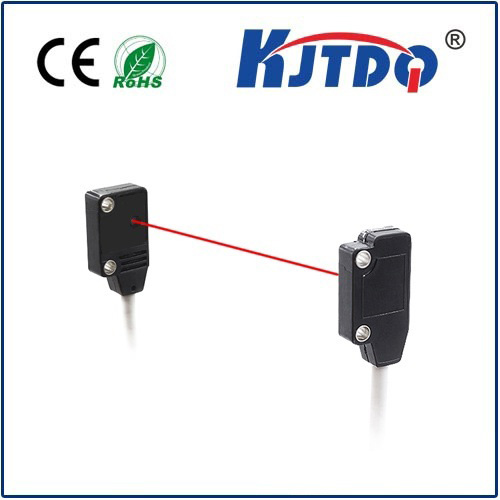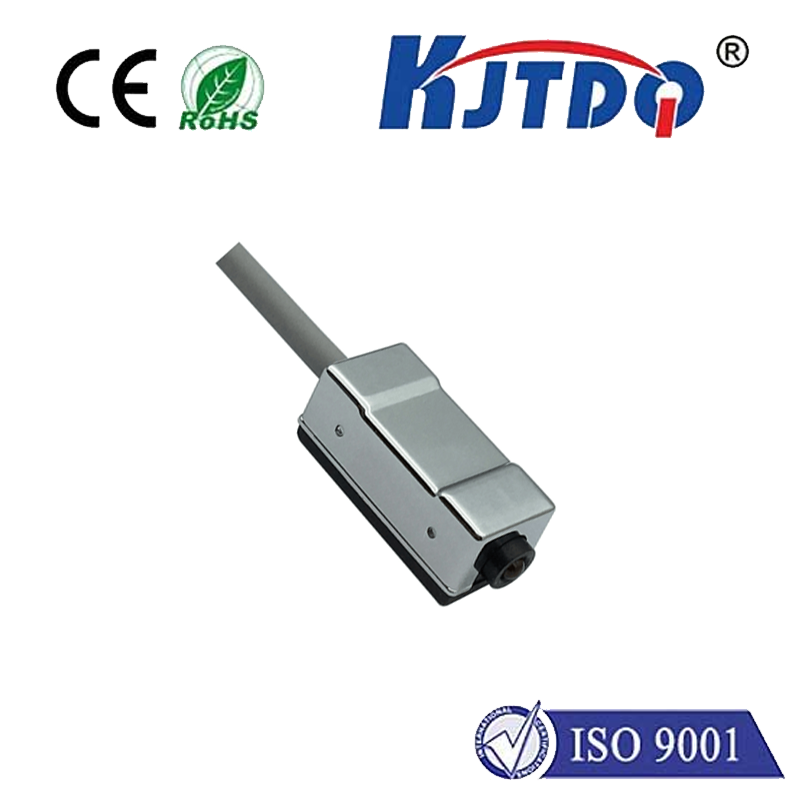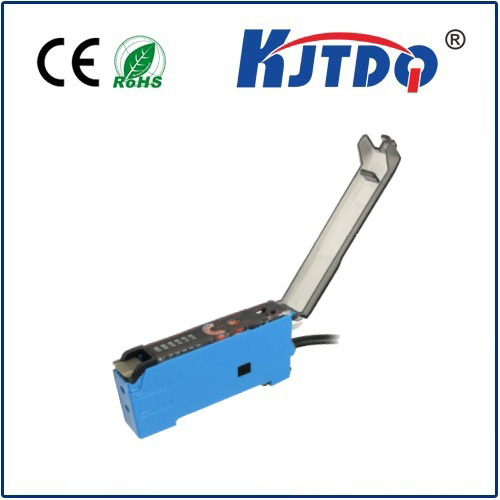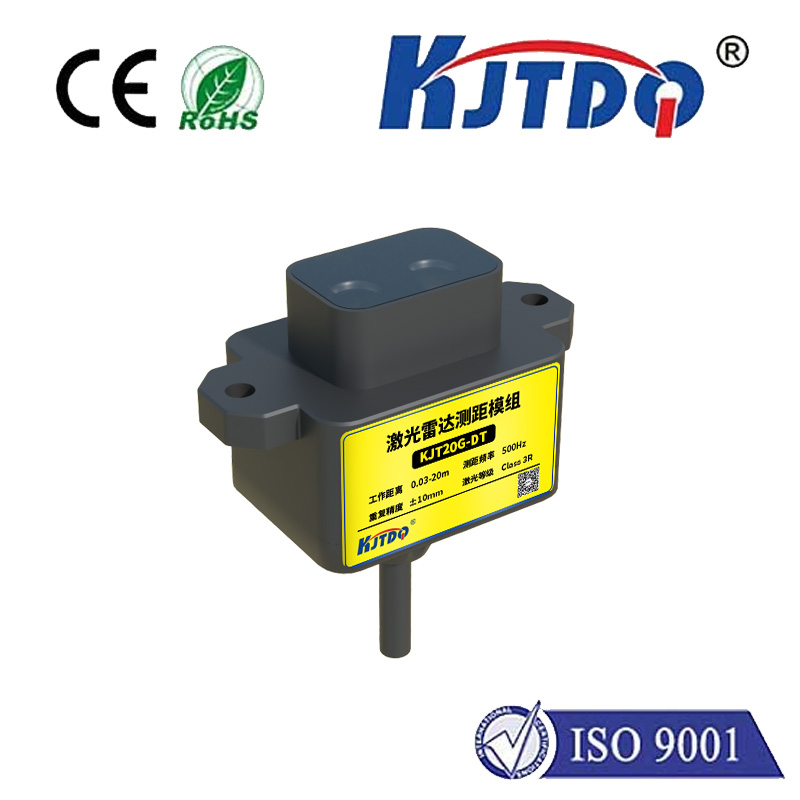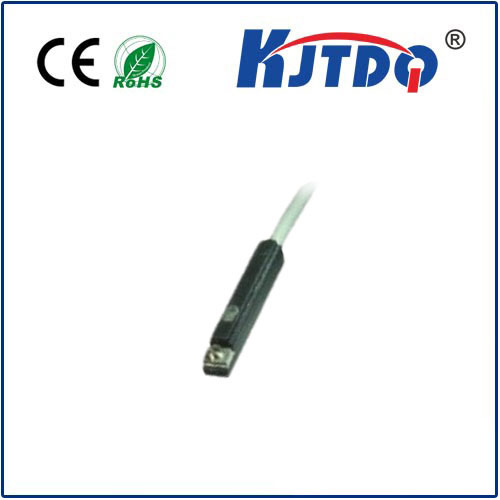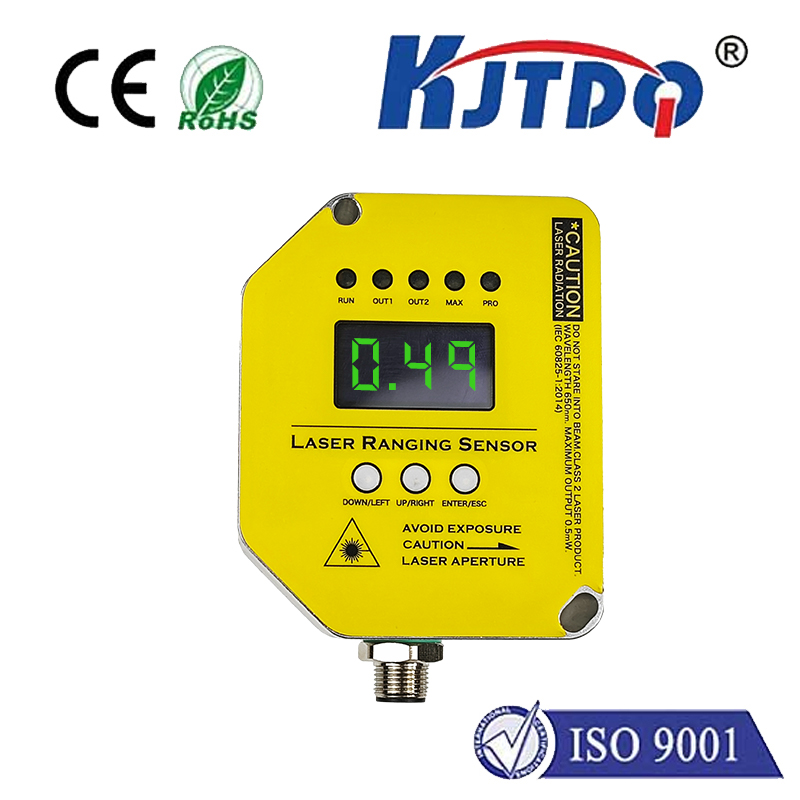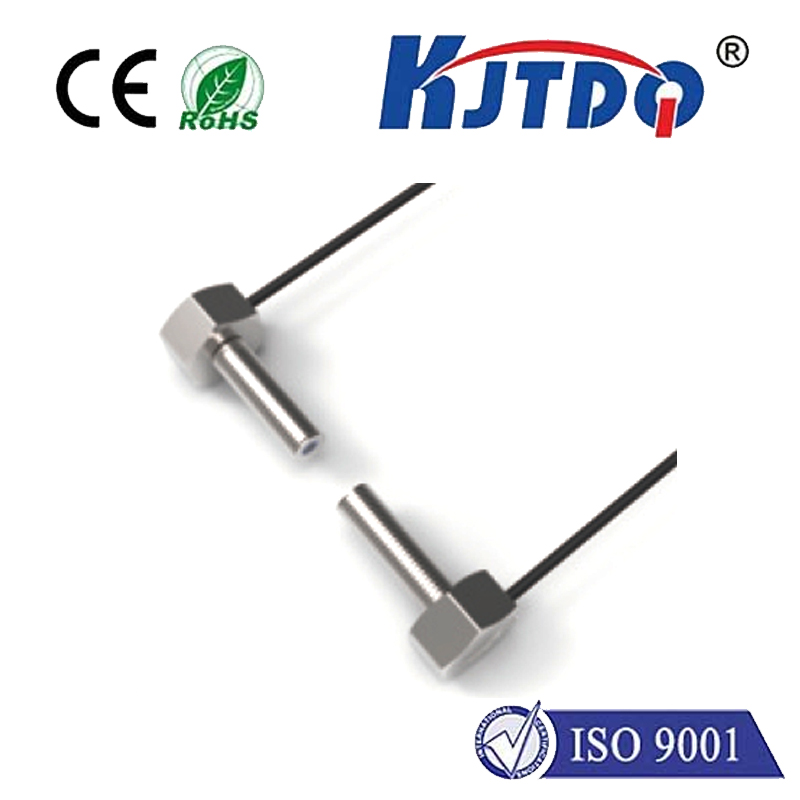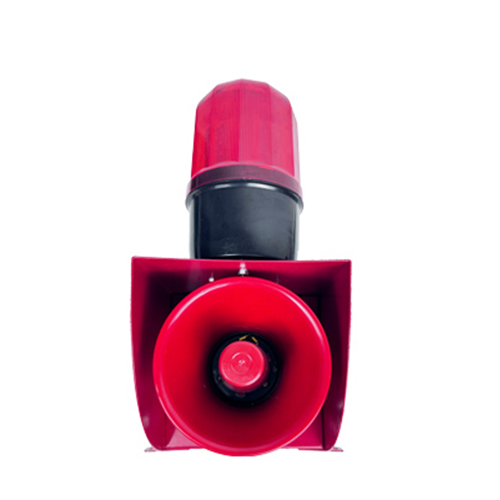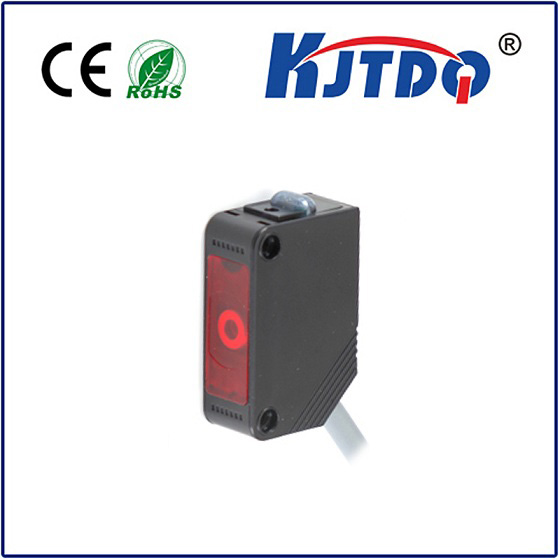Imagine a bustling factory floor where massive machinery operates with precision, guided by unseen forces. At the heart of this intricate dance, 120-volt proximity sensors play a pivotal role, enabling machines to “sense” objects without physical contact. These robust workhorses are fundamental components in industrial automation, offering reliability where it matters most. Operating directly on common industrial line voltage, they eliminate hassles and streamline complex control systems. Understanding why 120V models are often the preferred choice reveals key advantages for efficiency and durability in demanding environments.
Decoding the Voltage: Why 120VAC Matters
The “120 volt” specification in a 120 volt proximity sensor isn’t arbitrary. It directly correlates with the standard mains voltage widely available in North American industrial and commercial settings. While lower voltages like 12VDC or 24VDC are common for sensors and control electronics, they typically require an additional power supply unit (PSU) to step down the line voltage. A 120VAC proximity sensor plugs directly into this readily available power source. This inherent compatibility removes the need for extra components, simplifying panel design, reducing wiring complexity, and saving valuable space within control cabinets. The result? Faster installation and lower overall system costs.
Core Advantages Driving Industrial Adoption

The prevalence of 120VAC proximity switches stems from several compelling benefits tailored for harsh industrial realities:
How a 120V Proximity Sensor Actually Works
While voltage relates to power, the core function – non-contact detection – remains consistent across inductive proximity sensor types. Inside the sensor head lies an oscillator coil generating a high-frequency electromagnetic field. When a metallic target (ferrous or non-ferrous) enters this field, it induces small eddy currents within the target. This energy absorption disrupts the oscillator field, a change detected by the sensor’s circuitry. This triggers the sensor’s solid-state output switch. In a 120VAC inductive proximity sensor, this output switch directly controls the 120VAC load circuit, typically energizing or de-energizing a coil on a relay, contactor, or PLC input module. This seamless interaction forms the bedrock of automated control sequences.
Seamless Integration with Modern Control Systems
One might wonder if a legacy-seeming 120VAC device fits within modern, often DC-based, Programmable Logic Controller (PLC) systems. The answer is a resounding yes. PLCs universally feature discrete input cards specifically designed to accept higher voltage AC signals. Connecting the 120 volt proximity sensor output directly to a compatible 120VAC PLC input card is standard practice. This provides robust signals the PLC readily interprets to execute control logic. This compatibility ensures 120VAC sensors remain perfectly viable and are frequently the most practical choice, especially when retrofitting existing systems or where long runs and noise immunity are paramount.
Choosing the Right Tool: When 120VAC Makes Sense
While 120VAC sensors offer clear advantages, the optimal choice depends on the application. They shine in:
For lower-voltage systems, intrinsically safe (IS) locations, or very short cable runs, DC sensors might be preferred. However, in the core realm of heavy machinery, production lines, and material handling – particularly within North America – the 120 volt proximity sensor stands as a cornerstone of reliable, cost-effective, and robust industrial sensing. Its ability to deliver dependable performance directly from the common power source, coupled with inherent noise resilience and simplified wiring, ensures its continued dominance in countless automated control panels driving modern industry.
